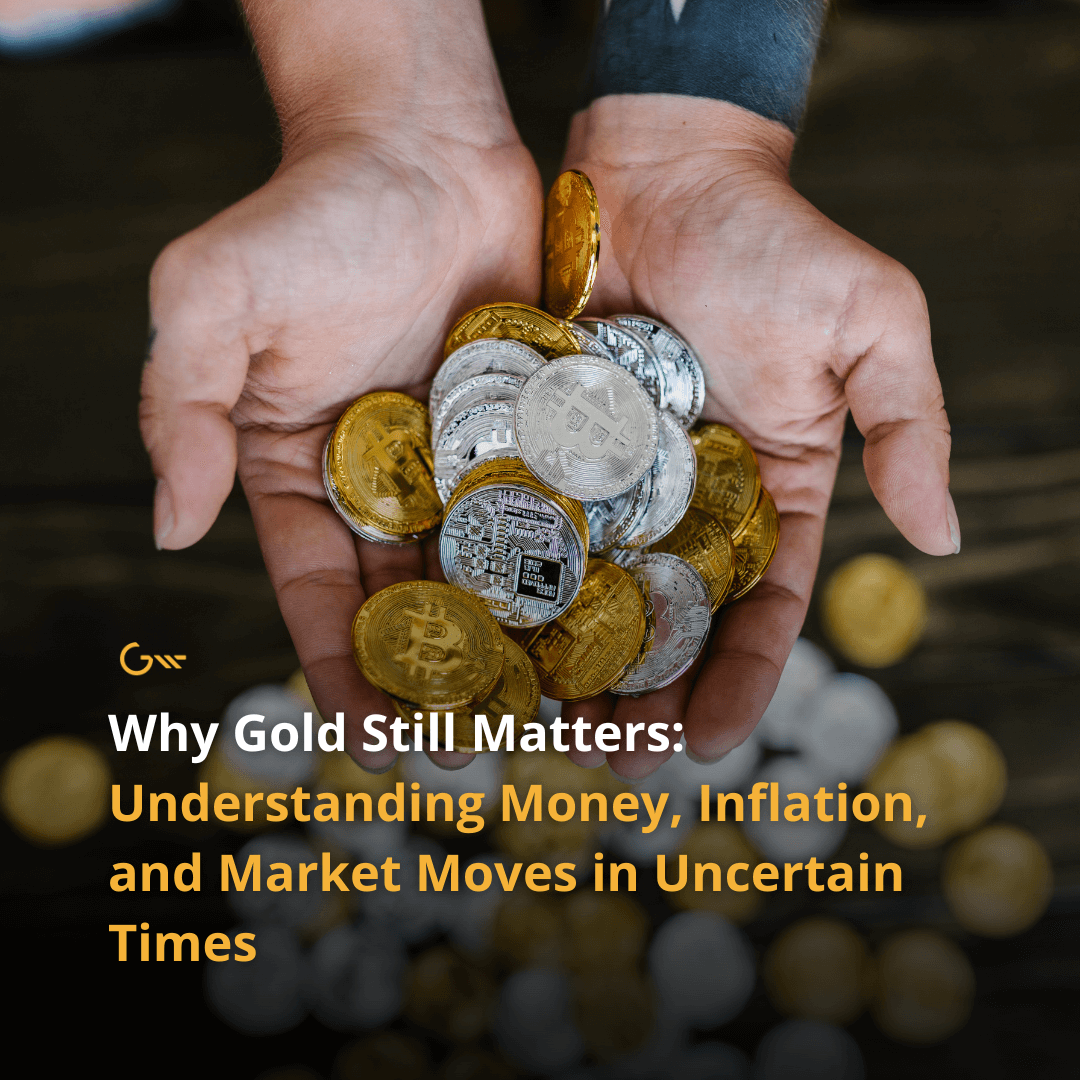Money and Value
In previous weeks we discussed the source of value using units of water in the desert. Each additional unit is valued on the next ranked desire. The more of a unit you have, the lower ranked desire, the lower price paid. Value is based on “use valued” at the margin. The last unit sets the price for the economic good.
In this case, there is no specific thing that is money. Instead, tangible items that best capture these four criteria are used as money. Good money is durable, portable, divisible, and intrinsically valuable, or has a use value. And the origin of money comes from a barter economy as individuals noticed that some commodities are more likely to embody these 4 characteristics than others.
Good as Gold
Prices of both gold and silver spiked this past week. Gold is easier to carry. Gold has significant value relative to its size since it is rare. It also cannot decay as an element. Gold is more durable, portable, and divisible than any other commodity.
There have been innovations for the use of metal as a medium of exchange. Coins were branded, standardizing purity and weight. Over time, a tipping point happened where the highest use value became a medium of exchange vs. jewelry. So why does money have value? It has value because it had value yesterday and is foundationally based on the use value in barter.
People have continued to innovate on Aristotle’s four characteristics of money and transitioned us from gold coins towards paper money, and eventually central banking. Over time, goldsmiths became trustworthy and became banks. Each bank would compete for deposits by paying interest on the deposits and earning money by loaning out the excess gold. As the economic system continues to expand on its money supply, a fundamental solution must be found.
Our concern regarding the dollar continues to grow, moving into a downward trend. This is NOT the time to have high cash balances beyond your cash hub. This would create much higher inflation than what we anticipate.
Because of our concerns for the dollar and views on inflation risks of bonds and cash, we added exposure to gold miners to qualified accounts last week. Large Cap Growth slowed last week, but Mid Caps and Small Caps rallied our other overweight. In addition, gold is once again reasserting itself and made new all-time highs. And our technicals are slowly changing the make-up of our portfolios.
Important Disclosures:
The opinions voiced in this material are for general information only and are not intended to provide specific advice or recommendations for any individual. All performance referenced is historical and is no guarantee of future results. All indices are unmanaged and may not be invested into directly. The economic forecasts set forth in this material may not develop as predicted, and there can be no guarantee that strategies promoted will be successful. All investing involves risk, including the possible loss of principal. No strategy assures success or protects against loss.
Dollar cost averaging involves continuous investment in securities regardless of fluctuation in price levels. An investor should consider their ability to continue purchasing through fluctuating price levels. Such a plan does not assure a profit and does not protect against loss in declining markets.




